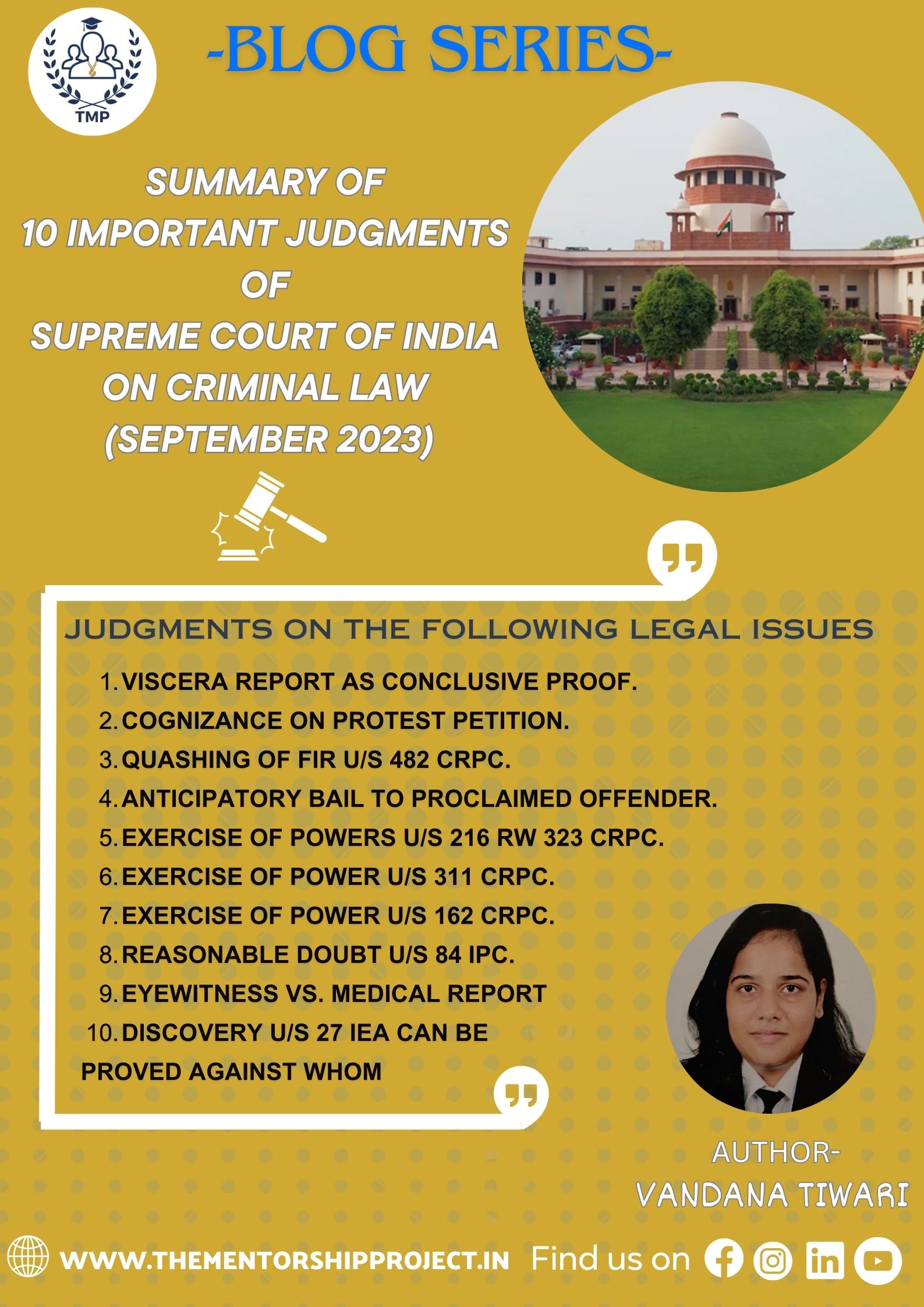June 03 , 2025
SUSPENSION OF THE INDUS WATERS TREATY
Introduction
The Indus waters treaty (IWT) addressed immediate post-partition needs and parallelly fostered a long-term cooperation. It survived through the three Indo-Pakistani wars (1947-48, 1965, and 1971) and numerous diplomatic spats, due to its technical focus and the role of the Permanent Indus Commission in dispute resolution. Much reasonably, this treaty was held on abeyance on April 23, 2025[1], by India following a terrorist attack in Jammu and Kashmir, marking a significant shift .
The suspension was triggered by a terrorist attack on April 23, 2025, in Pahalgam, Jammu and Kashmir, which led to death of 26 civilians2]. Citing national security and Pakistan’s alleged support for cross-border terrorism, India’s foreign secretary announced that the treaty’s suspension until Pakistan “credibly and irrevocably abjures” such activities[3]. This unilateral move followed years of escalating tensions, including the disputes over India’s hydropower projects and its 2023 demand for renegotiation of the treaty, has reflected a shift from cooperation to confrontation.
The Rivers and Treaty Mechanics
The Indus Waters Treaty (IWT), signed on September 19, 1960[4], between India and Pakistan, was a landmark water-sharing agreement which was brokered by the World Bank as a neutral arbitrator. It was designed to manage the waters of the Indus River system, which is a critical resource originating from the Himalayas and flowing through both the nations. This treaty was produced as a sign of peace-agreement post the partition of British India in 1947, which split the cohesive Indus basin irrigation network leading to elongated tensions over water rights. The IWT, a resultant of years of negotiation, which allocated the waters of six rivers, ensured a structured division endured wars and crises, and earned recognition as one of the world’s most successful transboundary water agreements.
The Indus River system comprises of six major rivers divided into two groups under the IWT[1] The Eastern Rivers being Ravi, Beas, and Sutlej, allocated to India for unrestricted use and the Western Rivers; Indus, Jhelum, and Chenab, assigned primarily to Pakistan, with India permitted limited uses such as hydropower generation and irrigation under strict regulations.
These rivers originate in the Himalayan mountains and flow through India before reaching Pakistan, making India the upper riparian state and Pakistan the lower riparian. The treaty allocates approximately 30% of the total water (41 billion cubic meters annually) to India and 70% (99 billion cubic meters) to Pakistan[2].
Consequences of Unilateral Suspension[A1]
As the lower riparian state, Pakistan relies heavily on the Indus system, with over 80% of its irrigation supporting agriculture, which is a cornerstone of its economy[3]. Suspension of the treaty could result in disrupted water flows, exacerbating scarcity, reducing crop yields and threatening food security. Hydropower generation which is vital for energy, could also suffer, compounding economic woes amid Pakistan’s existing debt crises. This vulnerability can potentially spark a domestic unrest, particularly in the water-stressed regions like Punjab and Sindh. On the Other hand, India gains leverage by controlling upstream flows which furnishes a prospect of enhanced irrigation and hydropower in Jammu and Kashmir, but such a unilateral action could also escalate tensions with Pakistan, a nuclear-armed neighbour, and set a precedent affecting India’s own water security vis-à-vis China, the upper riparian state for rivers like the Brahmaputra. As for the status quo, the Environmental damage from accelerated dam construction in the fragile Himalayas also stands as a long-term concern.
Legal Questions
International Law and the Vienna Convention
The Vienna Convention on the Law of Treaties (VCLT) (1969)[1] governs treaty suspension and termination. The key articles here are 42, 57, 60, 62 according to these, a unilateral suspension without mutual consent or a legal trigger is generally impermissible, in the pacta sunt servanda principle (agreements must be kept).[A1] Neither India nor Pakistan are formal members of the Vienna Convention on the Law of Treaties (VCLT). The VCLT, often referred to as the "treaty on treaties," is an international agreement that establishes rules and procedures for the creation, interpretation, amendment, and termination of treaties between sovereign states.
Despite not being members, both India and Pakistan recognize the VCLT as part of customary international law. Customary international law consists of rules that are widely accepted and practiced by states, binding all sovereign nations regardless of whether they have formally acceded to a specific treaty.
India has justified the suspension on the grounds of national security, with terrorism as a fundamental change of circumstance. Although, the IWT has absence of suspension clauses, and Article 60 requires a breach of the treaty itself, which makes the extraneous issues like terrorism for such a suspension to be irrelevant. India’s unilateral action thus struggles to align with the Vienna Convention, posing risk to its reputational damage and potential legal challenges. Pakistan has asserted the suspension to be illegal, as the IWT permits no unilateral suspension, and that such an action is violative of Articles 42 and 57 of the VCLT[2]. Without evidence of an IWT breach by Pakistan, Article 60 furnishes no basis for India’s move. Pakistan further could appeal to the UN Security Council or International Court of Justice (ICJ), arguing a threat to peace, which then would be expected for a reasonable association to this matter, which can be difficult for the country.
Challenges upfront
India faces the risks of breaching pacta sunt servanda and subsequently weakening its global standing. The 1984 ICJ[3] ruling against the US in the Nicaragua case suggested that security concerns alone may not justify suspension, which goes against the actions taken by the
government of India. Pakistan has a greater practical harm as the lower riparian state, still its legal options are constrained.
Article 57 of the VCLT confirms that the suspension of a treaty requires consent or terms stipulated in such through which the suspension can be attained, which are absent here. Article 60 demands a material breach of the treaty or the Vienna Convention, which India has to show through an attribution of the terrorist attack as taken responsibility by the The Resistance Front (TRF)[1], to the state of Pakistan then it will further have to be furnished for such an attribution and action to be relevant to the act of treaty suspension, against Pakistan. Pakistan’s move for ICJ has non-reactive results as India has reserved against the jurisdiction of ICJ under Article 36(2) of the Statute of the International Court of Justice[2], through a declaration against Commonwealth nations (Pakistan is a commonwealth nation) and against the matters related to hostilities, national security and armed conflict. Thus, these circumstances have difficult yet a repetitive factor of narrow and temporary solutions for both the country.
Conclusion[A1]
The suspension of the Indus Waters Treaty in 2025 marks a pivotal escalation in India-Pakistan relations, unfolding decades of hydro-diplomacy. For Pakistan, it threatens economic collapse and for India, it offers leverage but risks retaliation and precedent-setting. Legally, both nations face difficulties where India’s unilateralism defies international norms, while Pakistan’s dependency limits its response. The path ahead whether toward conflict or renewed cooperation hinges on navigating these intertwined legal, security, and ecological challenges.
(Authored by Ashmit Chauhan, Student at National Law Institute University, Bhopal, Views expressed are personal.)
References
[2]https://www.bbc.com/news/articles/cd7vjyezypqo
[3]Ibid 4.
[4]https://treaties.un.org/doc/Publication/UNTs/Volume 419/volume-419-I-6032-English.pdf
[6]Ibid.
[7]Ibid.
[8] The Vienna Convention on the Law of Treaties, 1969.
[9] Ibid 9 art. 42, 57.
[]Nicaragua v United States 1986 I.C.J. 14.
[1]2Statute of the International Court of Justice, art 36(2), TS 993.









